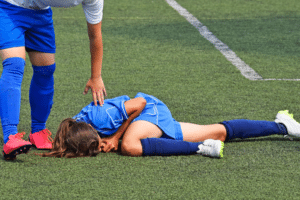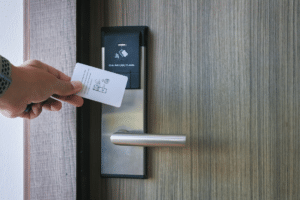Swimming pools are popular recreational spots, but they can also be dangerous if proper precautions are not taken to ensure safety. Accidents in swimming pools can lead to serious injuries and even fatalities. In such cases, it’s essential to determine who may be liable for the damages suffered.
Common swimming pool hazards and injuries
Swimming pools present several risks that can lead to injuries or fatalities:
- Drowning: Drowning is a significant risk associated with swimming pools, and it is the leading cause of injury-related death among children between the ages of one and four. It can also result in brain damage due to the loss of oxygen during near-drowning incidents.
- Failure to follow regulations: Localities may have specific rules related to the construction, maintenance and supervision of pools to prevent accidents. Failing to follow these regulations can lead to legal liability.
- Slips and falls: Wet poolside areas can cause guests to slip and fall, leading to severe injuries such as traumatic brain injuries, fractures or spinal cord injuries.
- Defective pool drains: Improperly covered pool drains can lead to drowning, soft tissue injuries or damage to internal organs.
When are pool owners liable?
In the event of an accident at a swimming pool, the pool owner may be held liable based on premises liability principles. Premises liability refers to the legal duties imposed on property owners to prevent injuries to visitors. The extent of the owner’s responsibility depends on the legal classification of the visitors:
- Invitees: Invitees are individuals using a public pool, and the property owner has a duty to reasonably maintain and repair the pool to prevent injuries.
- Licensees: Licensees, such as social guests using a private pool, must be warned of non-obvious dangers on the property.
- Trespassers: Trespassers are not permitted on the property, and the owner’s only duty is not to intentionally harm them.
Attractive nuisances
An attractive nuisance is a feature that may entice children but poses potential danger. Examples include swimming pools, trampolines, junkyards and abandoned vehicles. In such cases, the property owner is responsible for securing the property or removing dangerous features to prevent injuries to children who may not fully comprehend the dangers.
For a child to be injured by an attractive nuisance, the following conditions must be met:
- The property feature inherently piques the interest of children;
- The property feature is potentially dangerous;
- The property owner should have reasonably known that the feature was dangerous to children; and
- The property owner did not remedy the danger.
Determining liability for injuries sustained at a public pool depends on various factors, including whether the facility required a liability waiver, whether negligence was involved, and whether the pool is operated by a private entity or the government.
Talk to an Ohio accident attorney today
The Law Offices of Tim Misny can help you with your pool accident claim. If you or a loved one were injured due to someone else’s negligence or recklessness, I’ll Make Them Pay!® Call my office at (877) 614-9524 so that I can evaluate your case right away.




